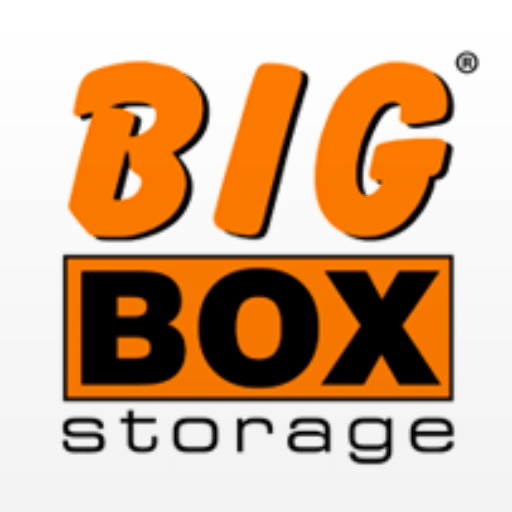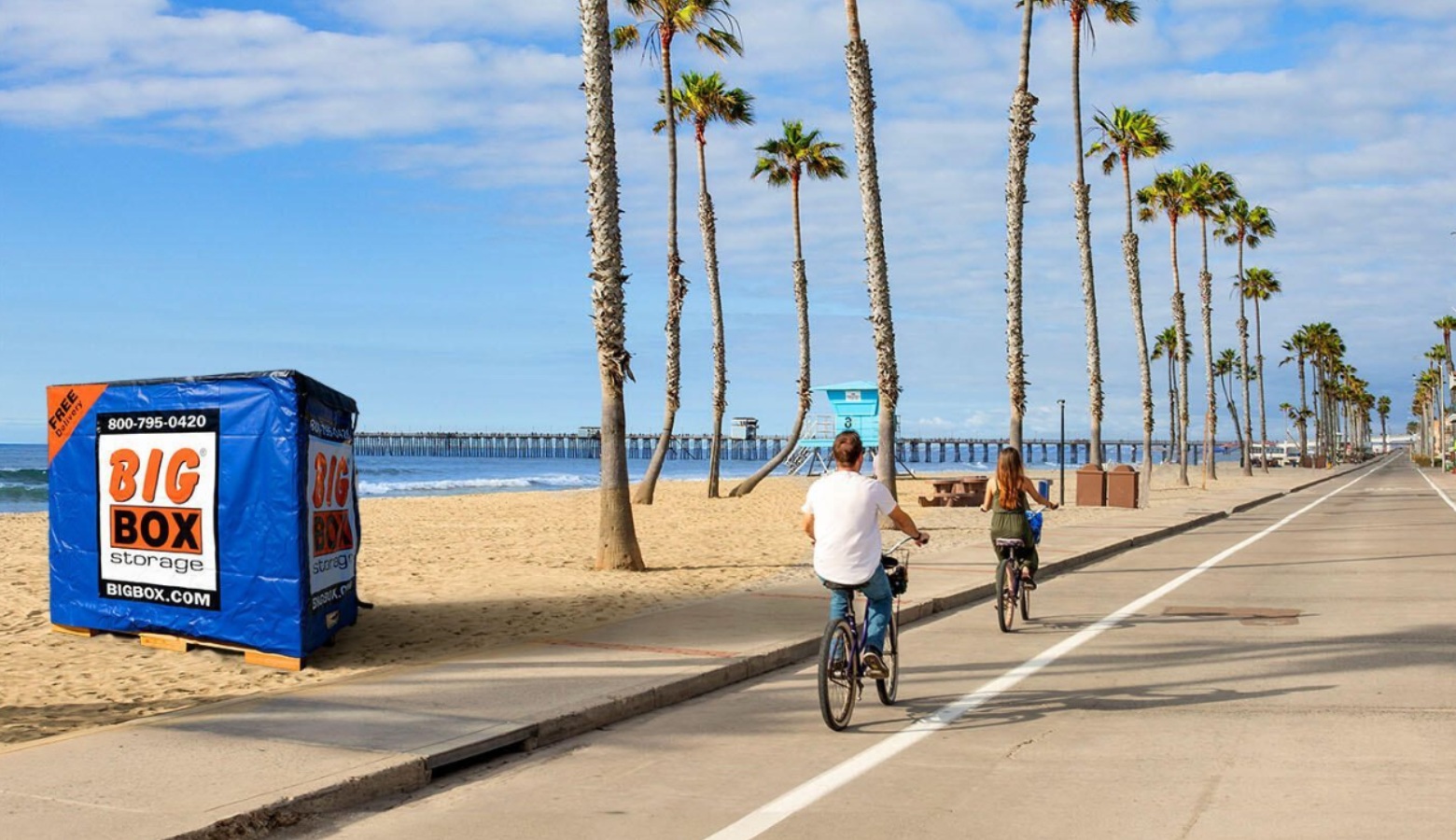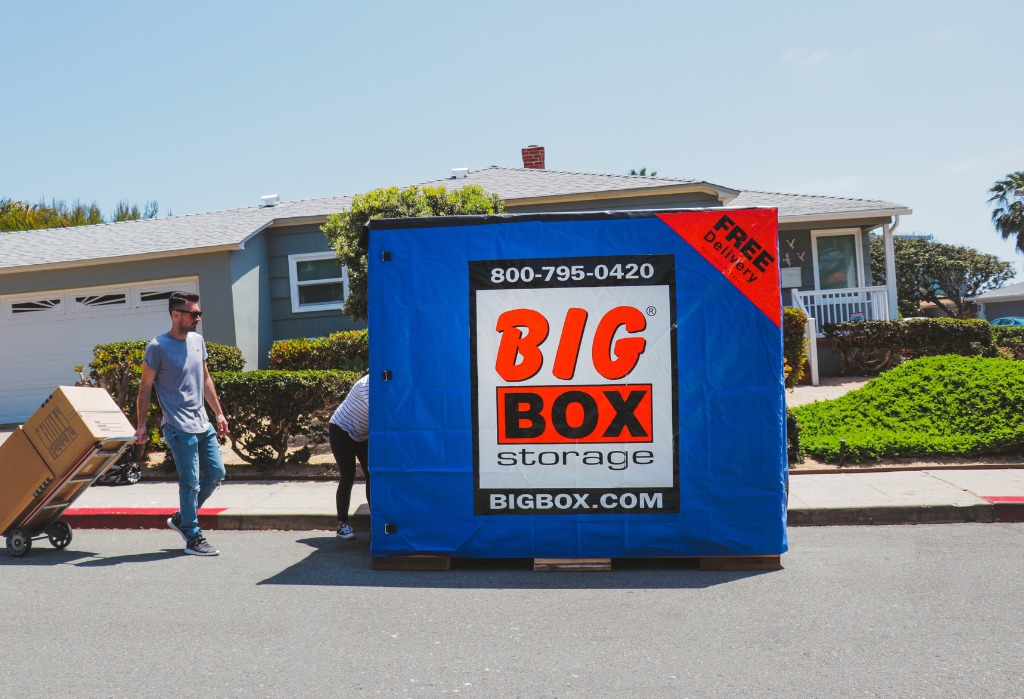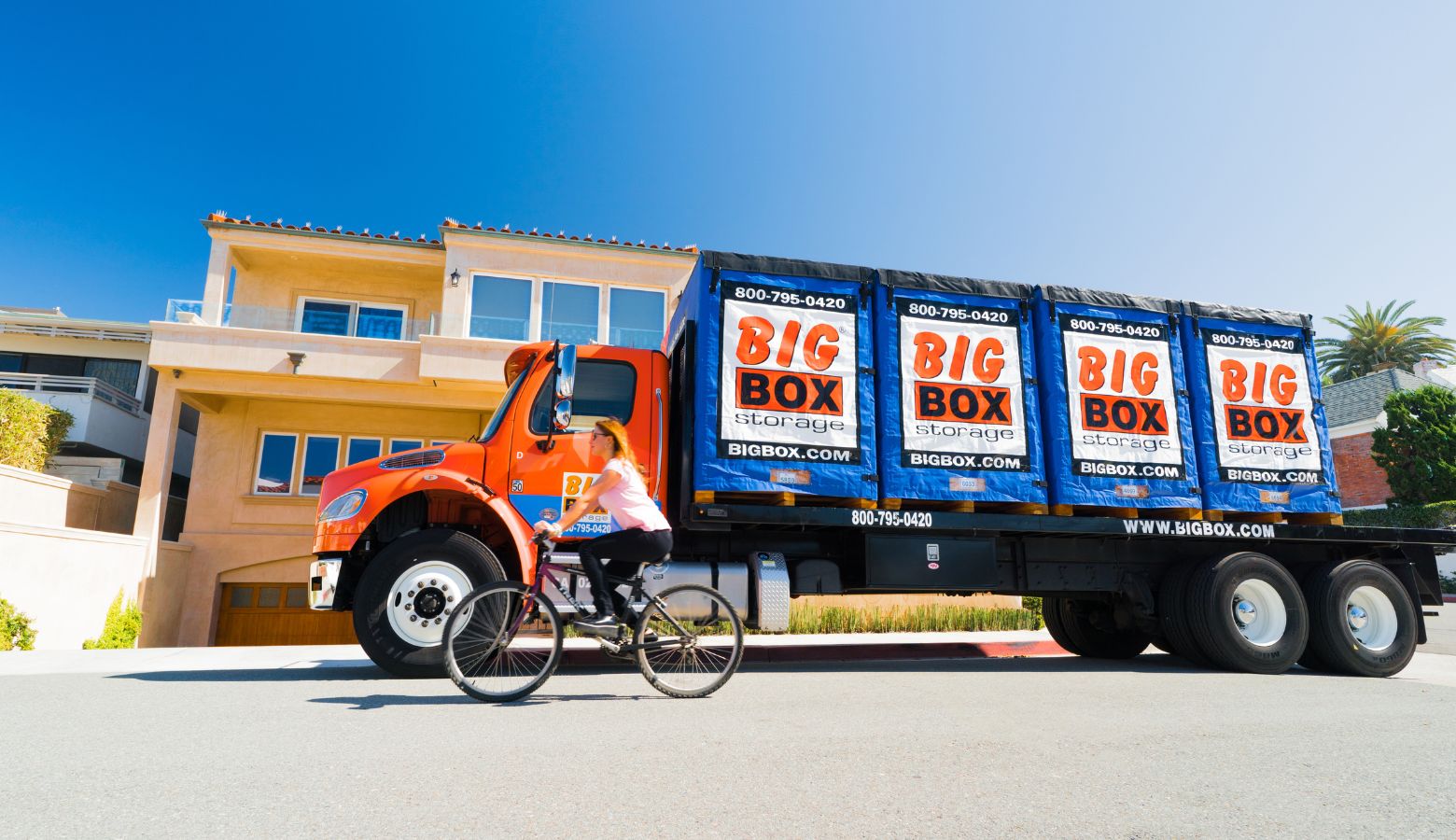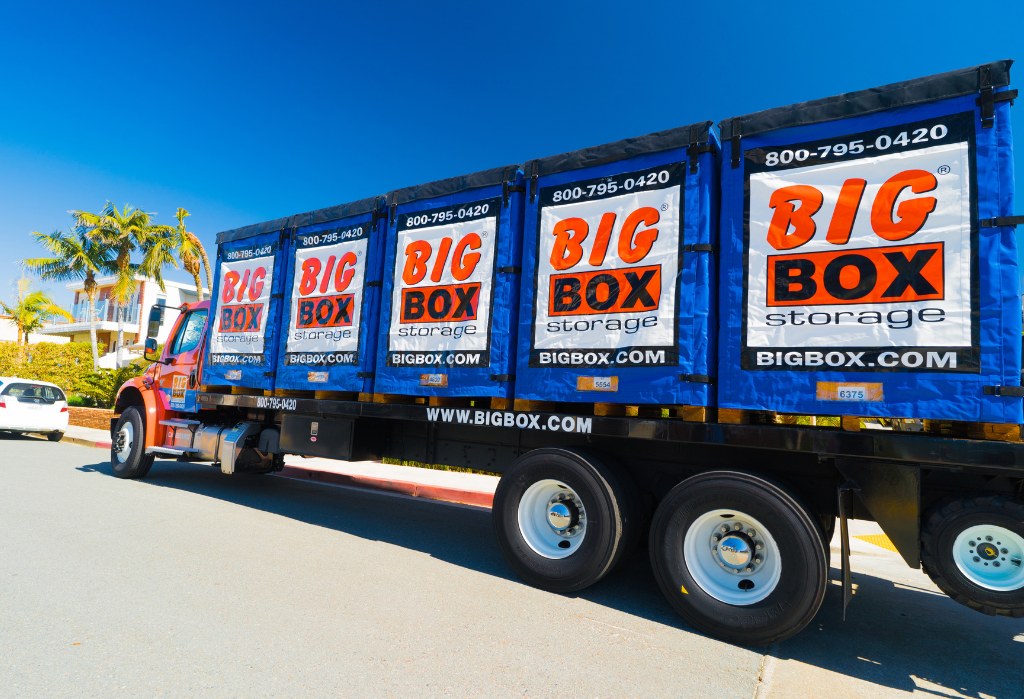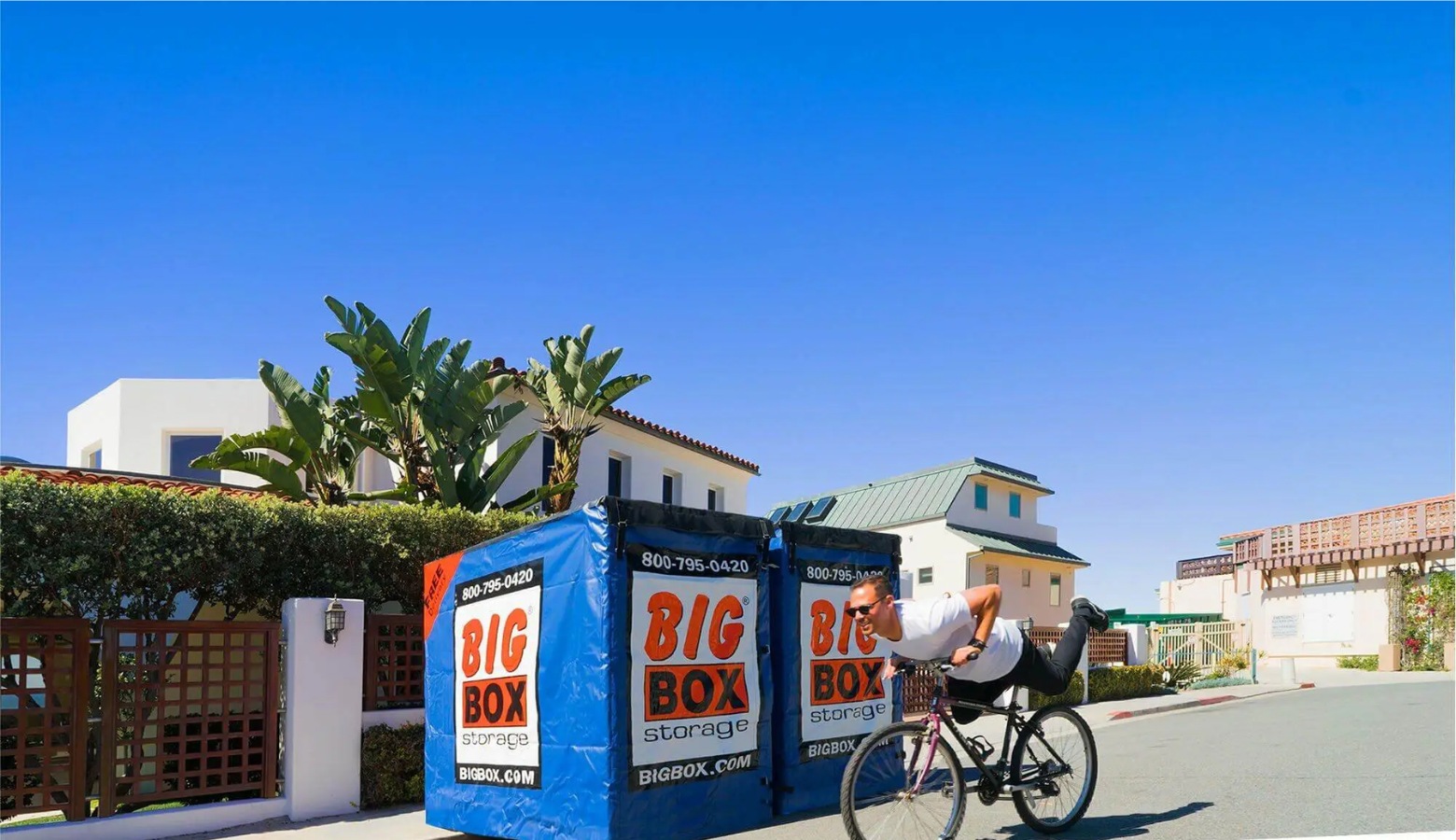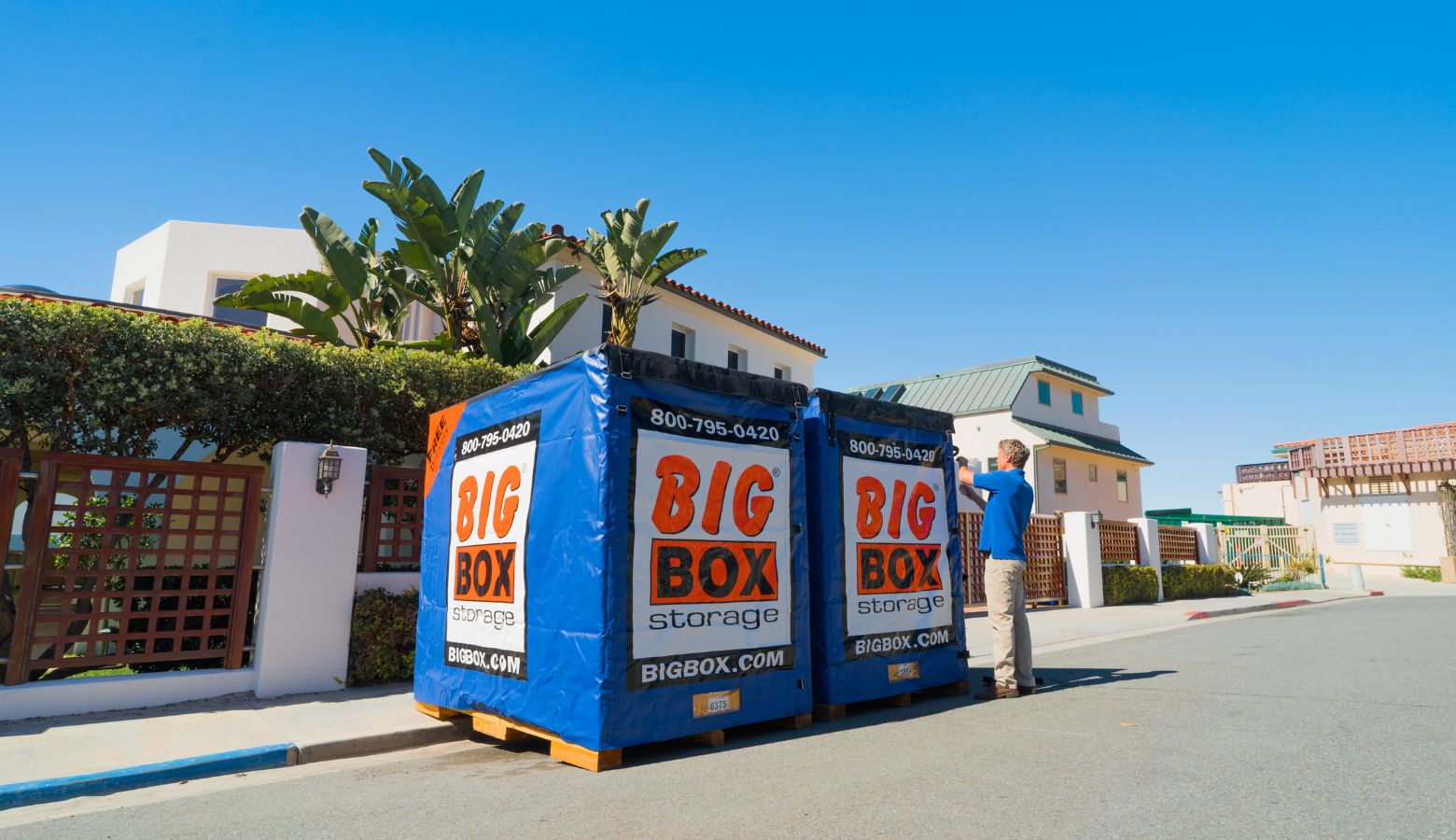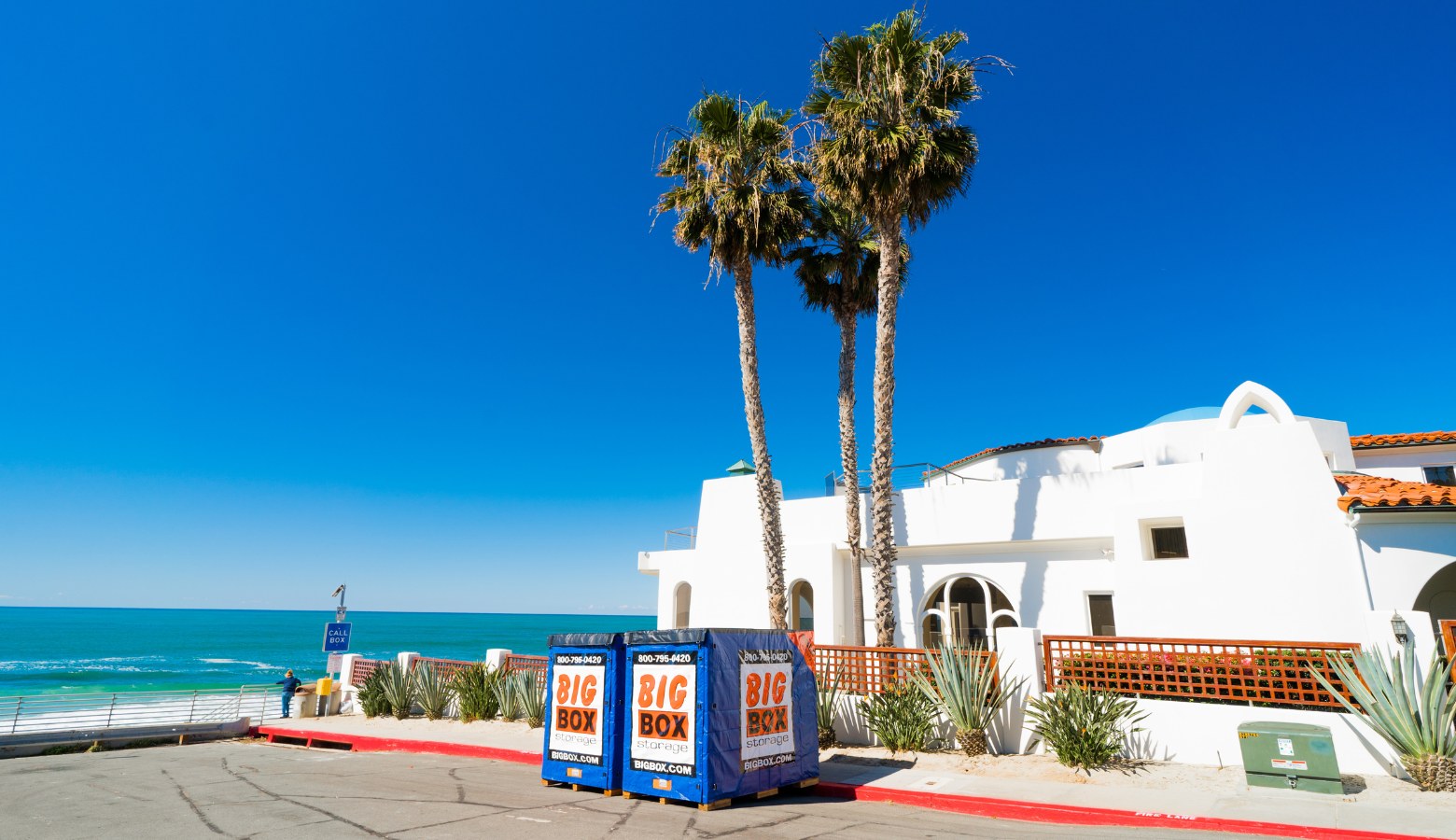As a family-owned and operated business, Big Box Storage understands the importance of community and family support. With the holiday season approaching, we couldn’t ignore the reality that many San Diego children, seniors, and families face hunger during this time. To make a difference, we’ve come together to donate 1,000 meals to Feeding San Diego, a local nonprofit dedicated to addressing food insecurity and promoting dignity for those in need.
Feeding San Diego, founded in 2007, is the county’s leading hunger-relief organization. They focus on distributing healthy food with respect and dignity to residents struggling to find nutritious meal options. This vital nonprofit operates through the generosity of community and philanthropic support, working tirelessly to combat hunger through advocacy, education, and direct aid. Each week, they serve 60,000 children, families, and seniors by partnering with local agencies, school districts, corporate supporters, and a network of volunteers.
For us at Big Box Storage, this donation is more than just providing meals—it’s about alleviating the difficult choices that families face. It’s about ensuring that a mother doesn’t have to choose between feeding her children and buying a holiday gift, or that a grandmother doesn’t have to decide between a meal and essential medication. It’s about fostering a sense of community and care during the holiday season.
We encourage everyone who can to join us in supporting Feeding San Diego. Even a small contribution can make a big difference. By coming together, we can help put an end to hunger and bring a bit of joy and relief to those in need.
To make a donation or learn more about how you can help, visit Feeding San Diego’s website. Let’s work together to ensure that no one in our community has to face hunger this holiday season. Give the Big Box a team a call at (619) 353-5995 if you need storage this Holiday season.
